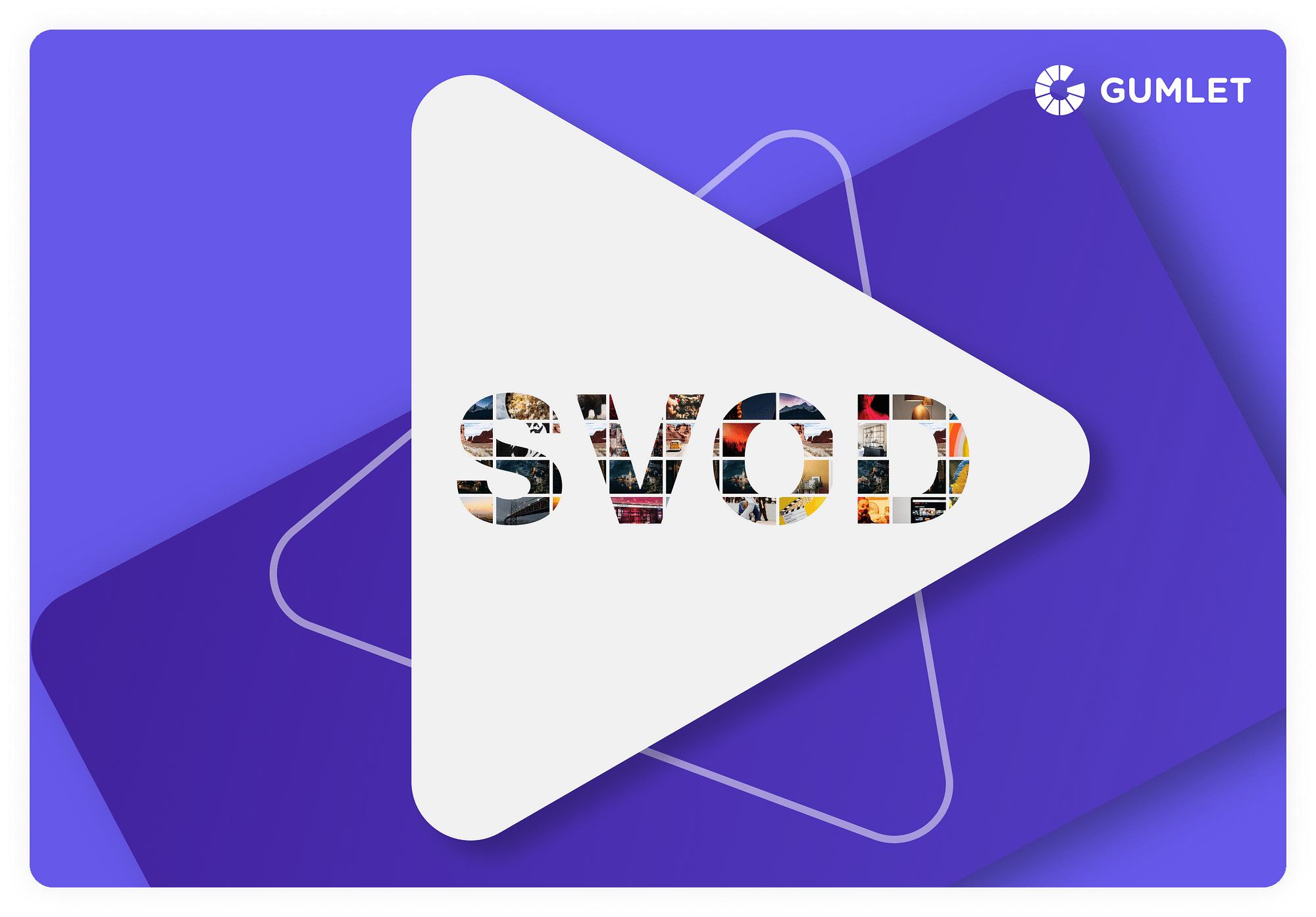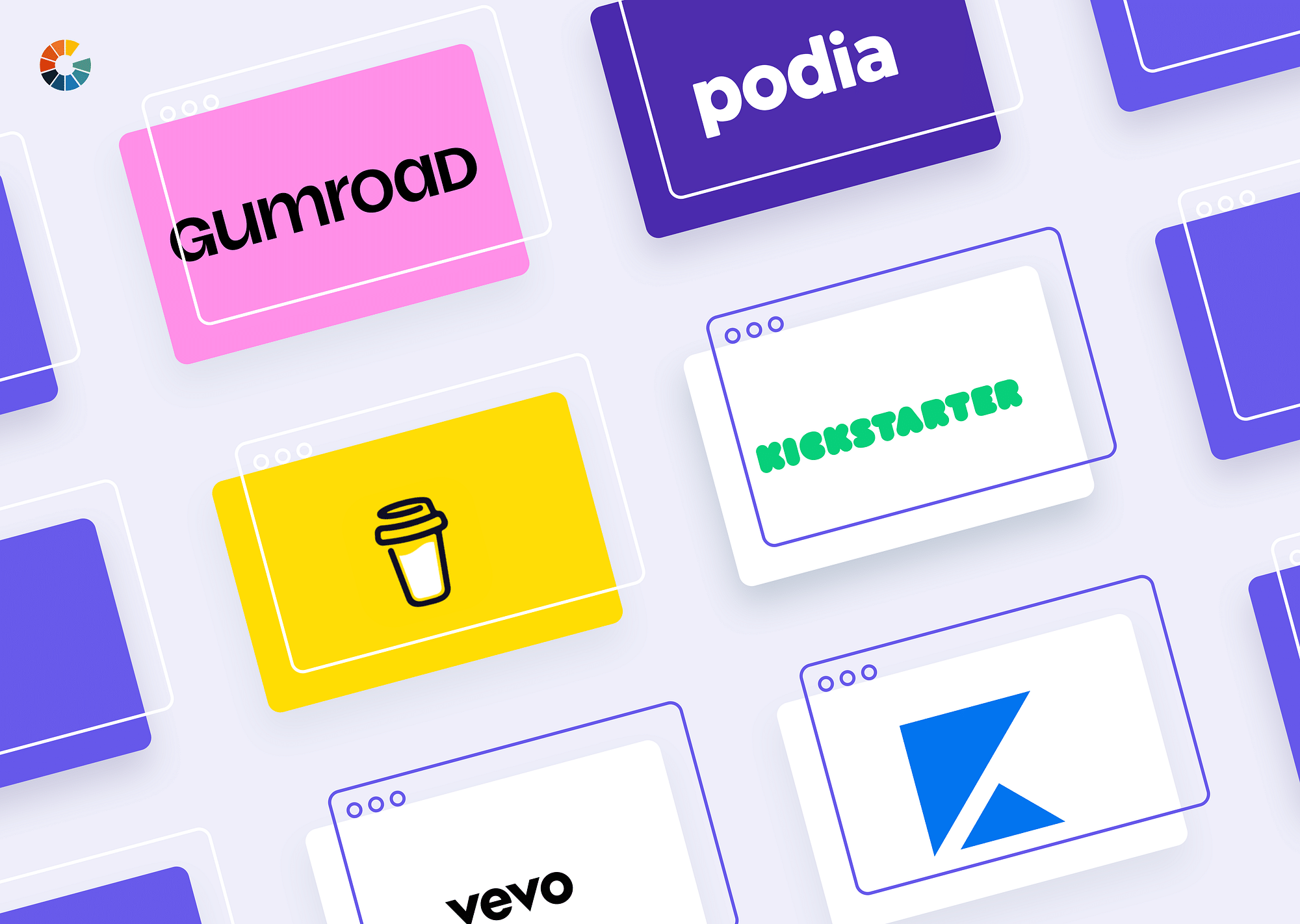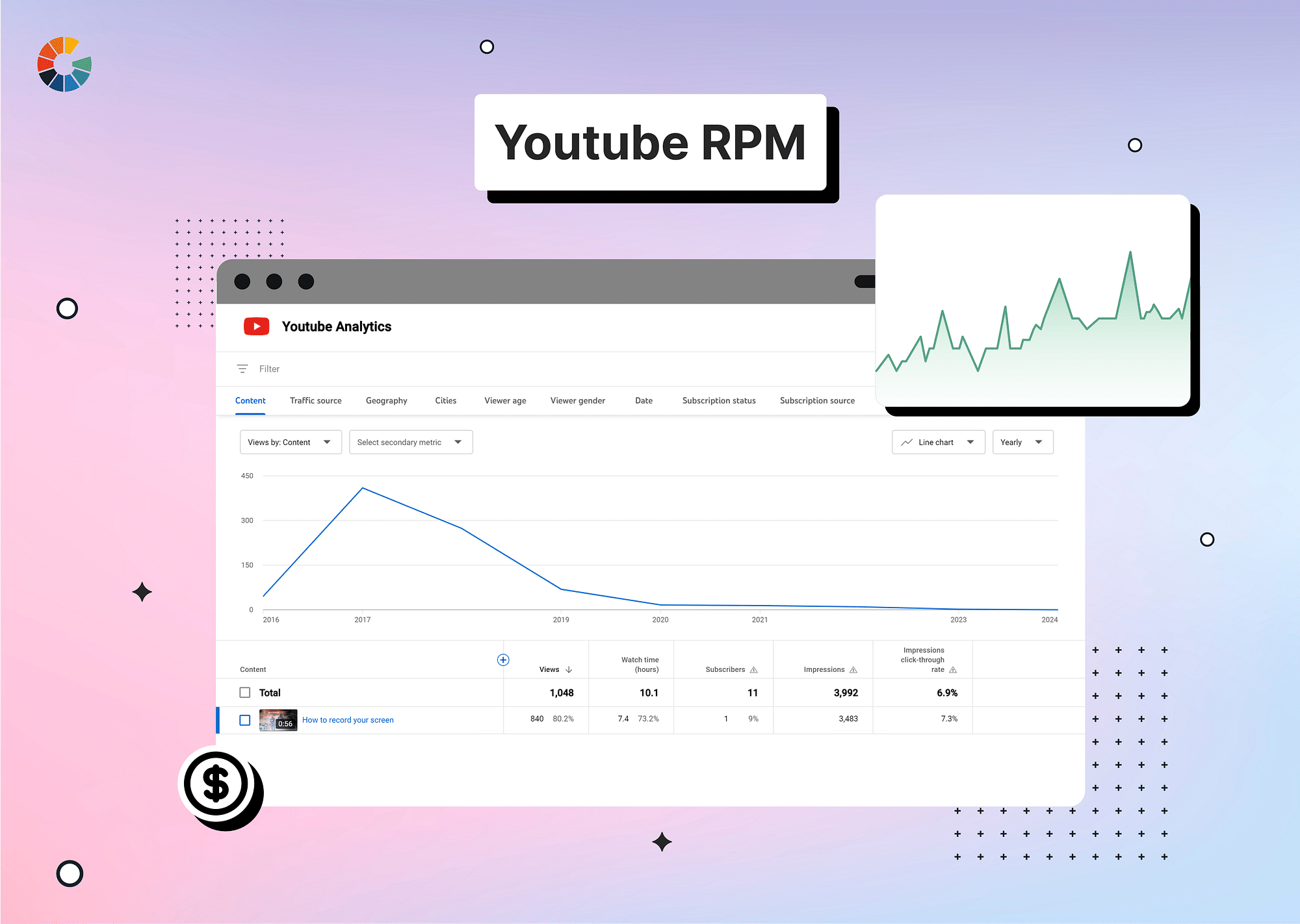Over-the-top (OTT) services and other video entities are booming right now. With the rise of streaming platforms such as Netflix, Amazon Prime Video, and Disney+, the way we consume content has drastically changed. The traditional television model, where viewers had to tune in at a specific time to watch a show, has been replaced with the convenience of Video-on-Demand (VoD), where viewers can watch their favorite shows at any time they want. As a result, the monetization models that support these OTT services have also evolved. One such model is Subscription Video-on-Demand (SVOD).
What is SVOD?
Subscription Video-on-Demand (SVOD) is a method of monetizing video content where users are required to pay a recurring fee, either monthly or annually, to access a vast library of videos. The model has grown in popularity in recent years, particularly with the rise of streaming services such as Netflix, Amazon Prime Video, and Disney+. These platforms offer viewers a diverse range of content, from movies and television shows to original programming, all accessible with a single subscription.
One of the key reasons for the growth of SVOD is the convenience it offers. With a single subscription, users have access to an extensive library of content that they can watch on their own schedule and from any device with an internet connection.
Why is SVOD a Better Monetization Model?
SVOD is often seen as a better option than AVOD and TVOD. Firstly, users who utilize an SVOD platform have access to a greater variety of videos and unique content that AVOD or TVOD doesn't offer. Additionally, SVOD provides a multi-tier monthly subscription plan to access video content, and customers do not have to pay per video basis (TVOD) or watch an ad (AVOD) while watching on the VOD platform.
Finally, since customers don't have to worry about advertisements appearing or paying each time they want to watch a new film, SVOD also gives viewers a more convenient viewing experience
So, overall, the reasons to choose SVOD for your business are:
- It provides a predictable and recurring revenue stream.
- Supports growth and stability of the company.
- Offers control over distribution and monetization of content.
- Allows for monetization through paywalls.
Why Should You Choose SVOD?
The demand for SVOD is rising as more viewers are cutting the cord and opting for streaming services instead of traditional television. According to a report by AppsFlyer, the number of SVOD apps installed on mobile devices worldwide has grown by 200% in the last 3 years.
Viewers love SVOD because of its convenience and flexibility. With SVOD, they can watch their favorite shows anytime they want without worrying about missing an episode. Additionally, they have access to a large library of content, which means they can always find something to watch.
While SVOD is considered a better monetization model than others, it has its advantages and drawbacks. Let's look at some of the advantages, examples, and drawbacks of the SVOD model.

Advantages of the SVOD Model
Here are some of the advantages that using an SVOD model provides:
- Steady Revenue Stream: SVOD provides a steady revenue stream for content creators as they are guaranteed a certain amount of money every month from subscribers.
- Control over distribution and monetization: SVOD allows to have more control over the distribution and monetization of their content.
- Builds a loyal fan base: SVOD allows content creators to build a loyal fan base as the viewers are likelier to stick around when they have invested money in the subscription.
- Paywalls: SVOD monetization model allows the content creators to have paywalls, which means that the viewers can only access the content after paying for the subscription. This is a great way for content creators to monetize their content.
Drawbacks of the SVOD Model
Despite its usage and advantages, the SVOD model also comes with some disadvantages. It's always good to know the limitations upfront:
- Limited reach: Since SVOD is a subscription-based model, it may reach fewer viewers than a free, ad-supported model would.
- High churn rate: Viewers may unsubscribe from the service if they do not find enough value in the content.
- Requires a large library of content: In order to attract and retain subscribers, a large library of content is required. This can be a challenge for smaller content creators.
Examples of SVOD Model
Some of the most prominent and popular channels that use the SVOD model include:
- Netflix: Netflix is one of the most popular and successful SVOD services. It has a large content library and is available in almost every country.
- Hulu: Hulu is a popular American streaming service that offers a mix of TV shows, movies, and original content.
- Zype: Zype is an SVOD platform that allows content creators to launch and monetize their streaming services easily.
What Domains Can Monetize With SVOD?
SVOD is better suited for websites with a large library of video content and the potential to sustain a large number of viewers.
Edtech
Online education platforms can monetize with SVOD by offering paid access to their course content. The use of video content as a teaching tool has been on the rise, leading to increased demand for video-based learning. The SVOD model allows educational platforms to monetize this demand by offering access to their video content through a subscription-based model. This has helped these platforms to grow their revenue and reach a wider audience.
One example of this is the online education platform Udemy which offers a wide range of courses and has adopted the SVOD model to monetize its content. Udemy allows users to access their entire library of courses for a monthly or annual subscription fee. This has helped them to grow their revenue and reach a larger audience.
OTT
OTT platforms can monetize with SVOD by offering paid access to their movies and TV shows library. The SVOD model allows OTT platforms to offer exclusive content to their subscribers, which helps to attract and retain viewers. The use of video-on-demand services has grown significantly over the past decade, leading to an increase in the number of OTT platforms. The SVOD model has helped these platforms to grow their revenue and reach a wider audience.
One example is the streaming service Netflix which has adopted the SVOD model to monetize its content. Netflix offers exclusive content to its subscribers, which has helped them to attract and retain viewers. This has helped Netflix to grow its revenue and reach a large audience.
Overall, the SVOD model has helped these domains to grow their revenue and reach a wider audience. It has also helped them to monetize the growing demand for video content in the education and entertainment sectors.
How is Video on Demand replacing television?
Video on Demand (VOD) services, such as Netflix, Amazon Prime Video, and Hulu, has rapidly grown in popularity in recent years, leading to a shift away from traditional television. According to a Deloitte survey, in 2020, nearly 60% of US households had a subscription to a streaming service. It went up from 55% in 2019 and 45% in 2018. Furthermore, the average American household now has access to an average of five streaming services, up from three in 2021.
This shift towards VOD can also be seen in the decline of traditional TV viewership. According to Nielsen, the average time spent watching traditional TV among adults in the US has been steadily decreasing, dropping from around four hours per day in 2010 to just under three hours per day in 2020.
According to a report by the Motion Picture Association, global streaming hours increased by over 60% in 2020, and subscription video-on-demand (SVOD) services saw a 30% increase in revenue.
VOD services are also starting to surpass traditional television in terms of revenue. According to a report by eMarketer, global revenue for streaming video services is expected to reach $129.57 billion in 2025, while the revenue for the global television market is expected to be $192.7 billion.
Overall, the trend shows that Video on Demand services are increasingly replacing traditional television as a primary source of entertainment. With the convenience and flexibility they offer, more people opt to use streaming services rather than traditional TV.
Conclusion - The future of SVOD
SVOD is a monetization model that is on the rise. The convenience and flexibility of Video-on-Demand, coupled with the steady revenue stream and control over distribution and monetization it provides to content creators, makes it an attractive option for both content creators and viewers. As the demand for streaming services continues to grow, we expect to see more businesses adopt the SVOD model.
FAQs
1. Is Netflix an SVOD?
Yes, Netflix is an SVOD service.
2. Is YouTube SVOD or AVOD?
YouTube is primarily an AVOD (Ad-supported Video-on-Demand) service, where viewers can watch videos for free but have to watch ads. However, YouTube also has a paid subscription service called YouTube Premium, which could be considered SVOD.
3. What are some popular SVOD services?
Some popular SVOD services include Netflix, Amazon Prime Video, Disney+, Hulu, and Zype.
4. When was SVOD first used?
The concept of SVOD first emerged in the late 1990s with the launch of streaming services like RealNetworks' RealPlayer and Microsoft's Windows Media Player. However, it wasn't until the launch of Netflix in 2007 that SVOD really took off.




